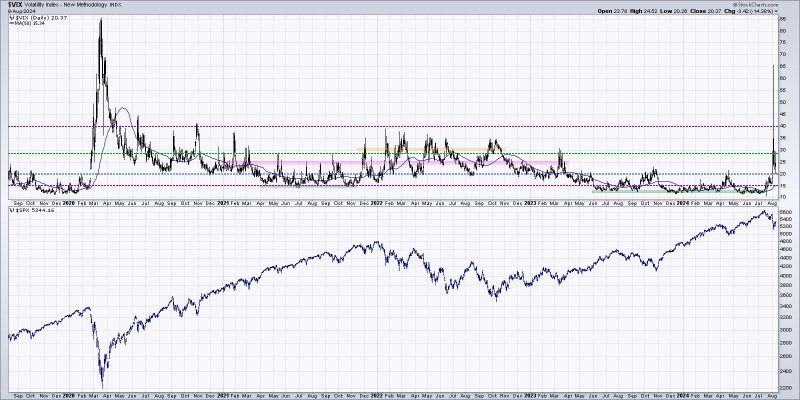Market sentiment plays a crucial role in determining the direction of financial markets. Investors and traders closely monitor various indicators to gauge the prevailing sentiment and anticipate potential shifts in market dynamics. As the global economy continues to navigate through uncertain times, it becomes essential to analyze and interpret market sentiment indicators to make well-informed investment decisions.
One of the key market sentiment indicators is the Fear and Greed Index. This index measures investor sentiment on a scale from 0 to 100, where lower values indicate fear and higher values signify greed. In times of extreme fear, investors tend to sell assets indiscriminately, leading to sharp declines in stock prices. Conversely, during periods of excessive greed, markets may become overvalued, increasing the risk of a market correction. By tracking the Fear and Greed Index, investors can gain insights into market sentiment and adjust their investment strategies accordingly.
Another important indicator is the Put/Call Ratio. This ratio compares the number of put options (bearish bets) to call options (bullish bets) traded on a particular security or index. A high put/call ratio suggests that investors are positioning themselves for a market decline, indicating a bearish sentiment. Conversely, a low put/call ratio may signal excessive optimism and potentially overvalued markets. By monitoring changes in the put/call ratio, investors can assess market sentiment and leverage this information to make informed trading decisions.
The Volatility Index, also known as the VIX or fear index, is a widely followed indicator that measures market volatility and investor fear. A high VIX value usually indicates heightened market uncertainty and fear, leading to increased price swings and potential downside risk. Conversely, a low VIX reading suggests calmer market conditions and complacency among investors. Traders often use the VIX as a hedging tool to protect their portfolios during periods of high volatility or market turbulence.
In conclusion, tracking market sentiment indicators is essential for investors and traders seeking to navigate the complexities of financial markets. By analyzing indicators such as the Fear and Greed Index, Put/Call Ratio, and Volatility Index, market participants can gain valuable insights into prevailing sentiment and market dynamics. Utilizing this information judiciously, investors can make well-informed decisions to manage risk and capitalize on investment opportunities in an ever-changing market environment.
